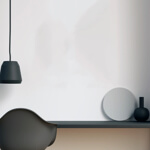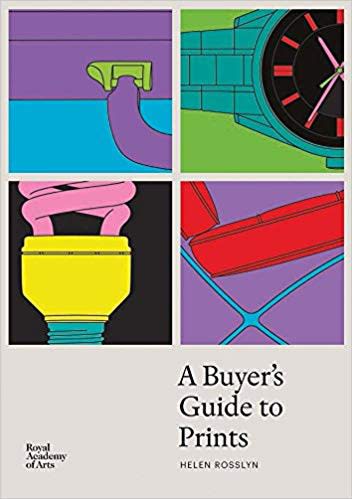£1,000 - £5,000
Explore prints from our Exhibitors
Hieronymous Hopfer
Dürer’s Landscape with Cannon, C17th
Etching
19.3 x 28 cm
7 5/8 x 11 in
7 5/8 x 11 in
Hopfer’s monogram in plate
Elizabeth Harvey-Lee
Stand E8
Stand E8
£ 1,500.00
Hieronymous was one of two sons trained as etchers by their father, Daniel Hopfer (c.1470-1536), who worked as an armourer in Augsburg and, in about 1500, was the first artist...
Hieronymous was one of two sons trained as etchers by their father, Daniel Hopfer (c.1470-1536), who worked as an armourer in Augsburg and, in about 1500, was the first artist to adapt the armourers’ method of etching ornament into iron armour to the making of intaglio printed images. It was not till fifteen years later that Dürer began to experiment, briefly, with the technique of etching. Whereas Daniel Hopfer generally etched his own designs, Hieronymous usually copied other artists. He copied 19 of Dürer’s prints, two of which, including Landscape with Cannon, were copies of Dürer etchings.
A very close copy, slightly smaller than Dürer’s plate. The ‘great cannon’ was Dürer’s largest etching and his only print to feature an extensive landscape, and the only one reflecting a contemporary significant historical and political situation, when Turkish expansion still threatened Europe. The Holy Roman Emperor, Maximilian I, and the Pope had, unsuccessfully, called for another Crusade against the Turks in 1518, the year of Dürer’s etching. The bearded foremost figure in the group at the right is taken from an earlier drawing, c1506 copied from a painting by Gentile Bellini, on Dürer’s second visit to Venice. The landscape is based, in reverse, on Dürer’s silverpoint drawing, c.1517-18 of Eschenau, a village outside Nuremberg, with the Lindelberg mountain in the background. According to various authorities the cannon depicted is an earlier version, which by 1518 had been replaced by newer models; and it is unclear whether the Turk is perhaps an ambassador or a prisoner.
Bartsch (Hopfer) 45; Illustrated Bartsch (Dürer) 99 C1. Hopfer’s own monogram and device in place of Dürer’s. A fine, but later impression (17th century), with the publisher Funck’s number, 62. Small areas of foul biting in the sky. Trimmed to or just outside the platemark. An unidentified collector’s mark, letters PS in a circle (cf Lugt 2111).
A very close copy, slightly smaller than Dürer’s plate. The ‘great cannon’ was Dürer’s largest etching and his only print to feature an extensive landscape, and the only one reflecting a contemporary significant historical and political situation, when Turkish expansion still threatened Europe. The Holy Roman Emperor, Maximilian I, and the Pope had, unsuccessfully, called for another Crusade against the Turks in 1518, the year of Dürer’s etching. The bearded foremost figure in the group at the right is taken from an earlier drawing, c1506 copied from a painting by Gentile Bellini, on Dürer’s second visit to Venice. The landscape is based, in reverse, on Dürer’s silverpoint drawing, c.1517-18 of Eschenau, a village outside Nuremberg, with the Lindelberg mountain in the background. According to various authorities the cannon depicted is an earlier version, which by 1518 had been replaced by newer models; and it is unclear whether the Turk is perhaps an ambassador or a prisoner.
Bartsch (Hopfer) 45; Illustrated Bartsch (Dürer) 99 C1. Hopfer’s own monogram and device in place of Dürer’s. A fine, but later impression (17th century), with the publisher Funck’s number, 62. Small areas of foul biting in the sky. Trimmed to or just outside the platemark. An unidentified collector’s mark, letters PS in a circle (cf Lugt 2111).
Join Our Mailing List
* denotes required fields
We will process the personal data you have supplied in accordance with our privacy policy (available on request). You can unsubscribe or change your preferences at any time by clicking the link in our emails.





 A Buyer's Guide to Prints
A Buyer's Guide to Prints